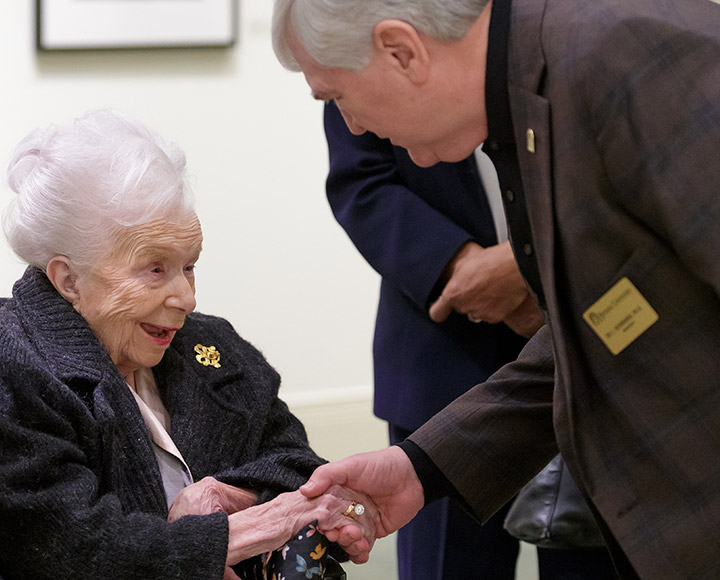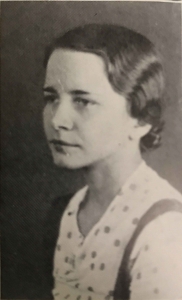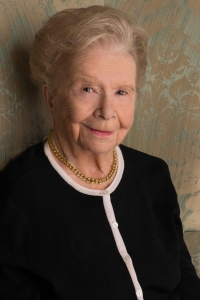Spring break is a time when strangers and university faculty group together to get on a bus and learn about agricultural sustainability, economic development and every other aspect of the state of Georgia that the University of Georgia impacts.
That’s not actually a traditional spring break, but it was spring break for the 25 students and various faculty members on the inaugural trip of the Student Tour of Georgia. Put together by the President’s Office, Office of the Vice President for Student Affairs and the Office of the Vice President for Public Service and Outreach, the Student Tour of Georgia was an experiential learning opportunity based off the longstanding New Faculty Tour created to teach students about what it means to be a land and sea grant university.

Students visited UGA’s Marine Extension and went on a boat ride at sunset.
On the first morning of the trip, students heard from University of Georgia President Jere W. Morehead and Vice President of Public Service and Outreach Jennifer Frum about the importance of the trip ahead. With 25 students from various majors across campus as well as supervising faculty, the bus loaded up and headed out at 8am on Monday morning.
Day 1:
The tour’s first stop was Jaemor Farms. An hour outside of Athens, we learned about the multi-generational history of the farm from UGA alumna Caroline Black Lewallen (BSA ’11). We were each treated to a delicious fried pie or homemade ice cream. From there, the tour headed to Amicalola Falls to visit one of Georgia’s state parks, and the students climbed around 600 stairs to the top of the falls. At this point it was raining pretty hard, and everyone was thoroughly soaked and ready for a nice hot coffee or tea as we all got to know each other and participated in trust-building exercises at the Amicalola Falls Lodge.
Day 2
The second day of the trip started and ended in Atlanta. We started off the day by visiting the Capitol, and it was many students first time entering the building. We sat in on committee hearings and met the Incoming Vice President for Government Relations Toby Carr (BSAE ’01, BBA ’01), as well as put our photography skills to good use on the staircase.

The second day of the tour started at the Capitol in Atlanta. Photo courtesy of the Office of Public Service and Outreach.
From there, we went to the Georgia Experience Center and heard from employees of Georgia Power about how they pitch the state of Georgia to companies who potentially want to open offices or factories here. After that, we went to the Center for Civil and Human Rights and individually toured the three floors of the museum. It was a moving way to remind ourselves of the injustices against human rights that are still happening across the world, as well as reflect on Atlanta’s role in the civil rights movement.
Our final academic stop of the day was Ebenezer Baptist Church where we got to sit in the pews of the church where Martin Luther King Jr.’s family preached. We were told that the church had been made to appear how it looked on the day of Martin Luther King Jr.’s last sermon, which was played for us. It was a surreal experience to hear Martin Luther King, Jr.’s sermon in which he says what he would like his eulogy to be like, considering that sermon became his own self-eulogy. You can listen to that sermon here.
We enjoyed a great dinner with UGA Young Alumni Leadership Council members Daniella Singleton (BS ’08, AB ’08), Shayla Hill (BBA ’08), Anna Reddish (BSA ’08, MADS ’09) and alumni Ryan Reddish (BSFR ’08, MFR ’10) and Black Alumni Leadership Council member Jacinta Smith (BS ’01, MS ’04, DRPH ’21) and past president Raymond Phillips (BS ’12, MBA ’18).
Day 3
Day three kicked off in Fayetteville for a tour of Pinewood Studios. Though we didn’t see any celebrities (and we couldn’t tell you if we did), it was cool to see where the Marvel blockbuster movies are filmed, and learn about the Georgia Film Academy and the “new urbanism” movement in nearby community Pinewood Forest.
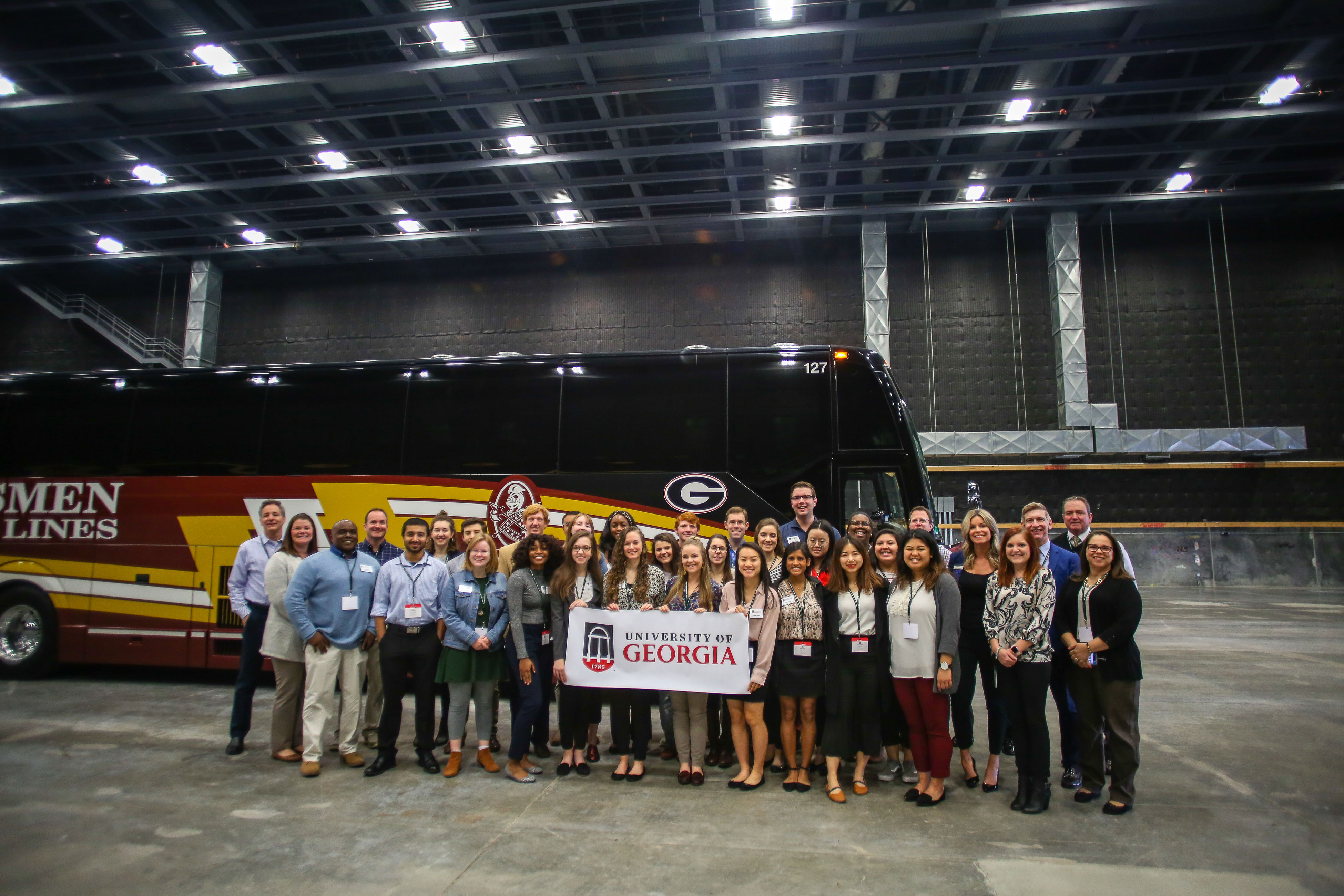
Students got to enter a sound stage at Pinewood Studios. Photo courtesy of the Office of Public Service and Outreach.
After that, we traveled to Macon for a lunch-and-learn. We heard about the economics behind Newtown Macon, an effort to revitalize the city, as well as the Ocmulgee National Historical Park. Our next stop was in Hawkinsville, where we learned about UGA’s Archway programs, and a Youth Leadership Program called LIFE League. From there, we traveled to Albany State University’s campus for a dinner where we learned about their disaster recovery progress in the aftermath of Hurricane Michael. Although Albany State’s students were also on spring break, we enjoyed meeting students from Howard University in Washington, D.C. who were there helping with recovery efforts on their own spring break “impact” trip.
Day 4
On the fourth day of the trip, we visited UGA’s Tifton Campus and learned about what students there are focusing on studying, including going on a tour of an incredibly energy efficient home as well as seeing a demonstration of a drone that can tell farmers how much water their fields need. We also visited UGA’s dairy research facility and pet baby cows, which was a really great time.
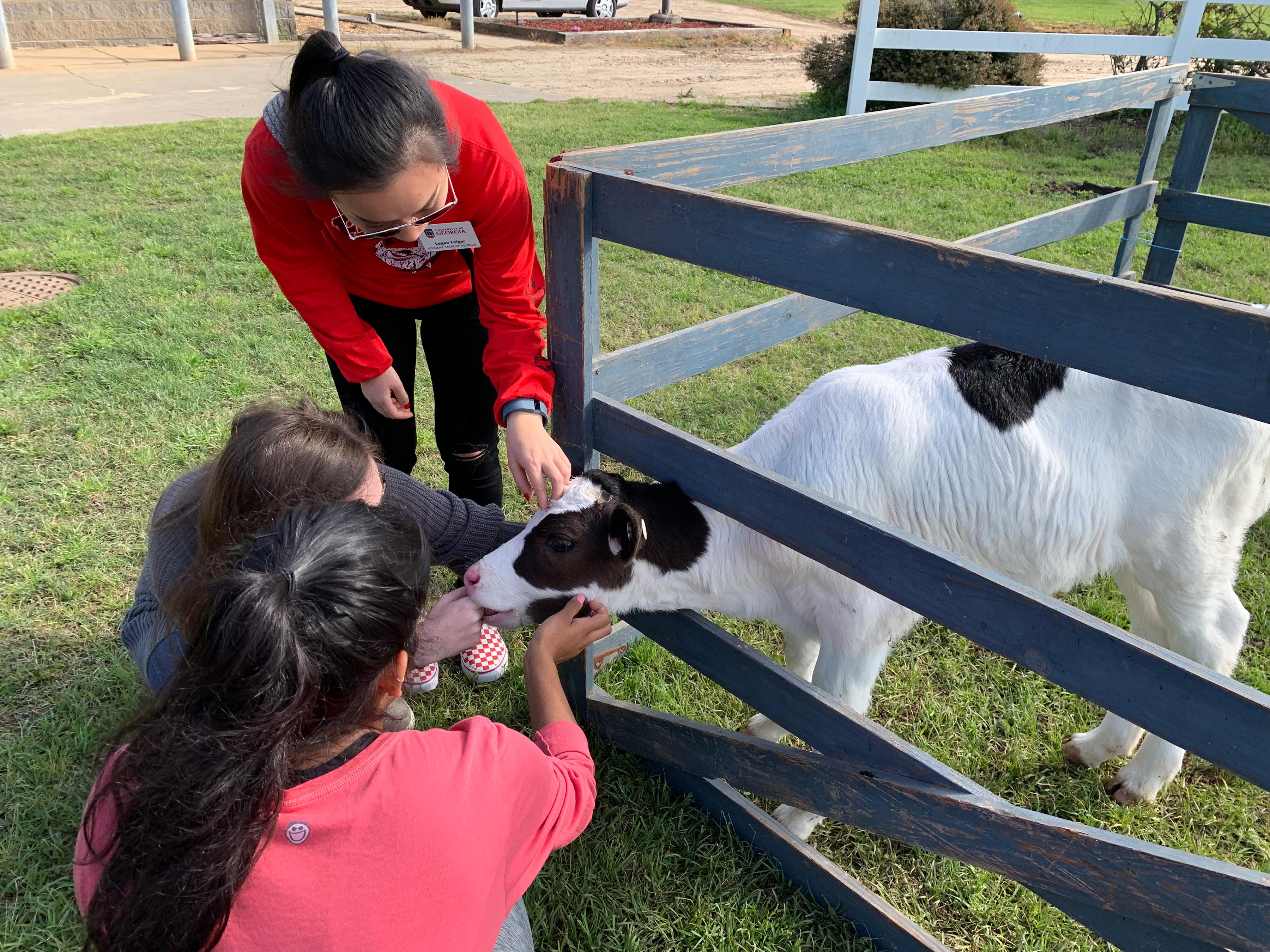
Students got quality time with baby cows at UGA’s dairy research facility.
At the Okefenokee Swamp, we learned all about alligators, including one named Crazy. We got to pet a baby alligator named Tiny, and then took a small boat tour through the swamp, followed by a train tour of another area of the swamp.
Our last stop of the day was UGA’s Marine Extension on Skidaway Island, where we were greeted by none other than Uga X. Remember how petting baby cows AND baby alligators was really fun? We then got to pet and pose for photos with the best dawg, and that’s certainly a lot of students’ favorite memory from the trip.
Day 5
On the fifth and final day of the tour, we woke up in Savannah and went to the Georgia Ports Authority and learned about their work and took a tour of the ports. Next, we went to Gulfstream Aerospace and saw the process behind the construction of $60 million-dollar jets, as well as the creation of simulators for pilot education.
Finally, we stopped in Washington County and enjoyed Dairy Lane milkshakes as we heard from UGA alumna Conni Fennell-Burley (BSHE ’88), an Archway Professional. It was, no pun intended, a sweet finish to the week.
This summary doesn’t even begin to mention the time we spent as a group reflecting on what we had learned that day, starting snack delivery chains on the bus or playing silly bonding games. By the end of the week, we had perfected our group photo pose. While it wasn’t a traditional spring break, I believe an alternative spring break where we got to see so many places in Georgia made us all the more grateful to be at the University of Georgia. UGA is and will continue to be a land–grant and sea–grant university that is committed to making a positive impact on not only the state, but the world.
View our Instagram Story.
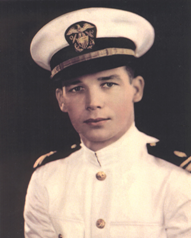
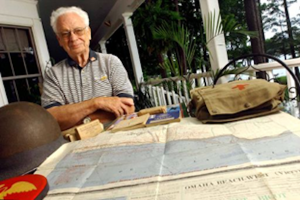

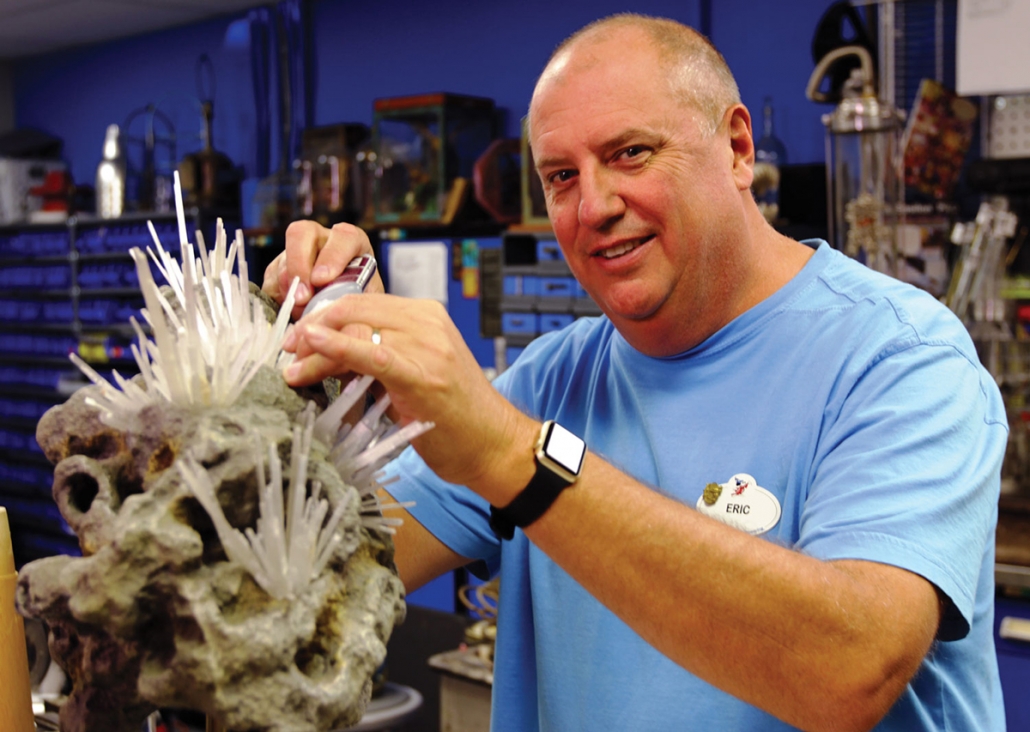





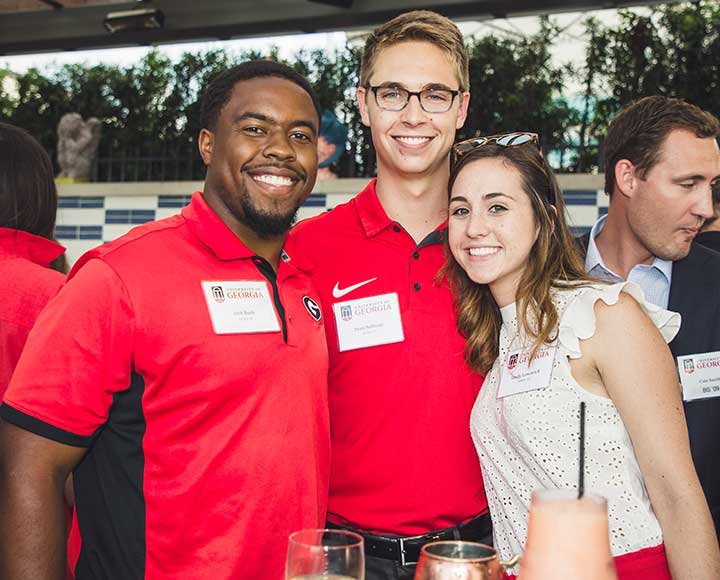
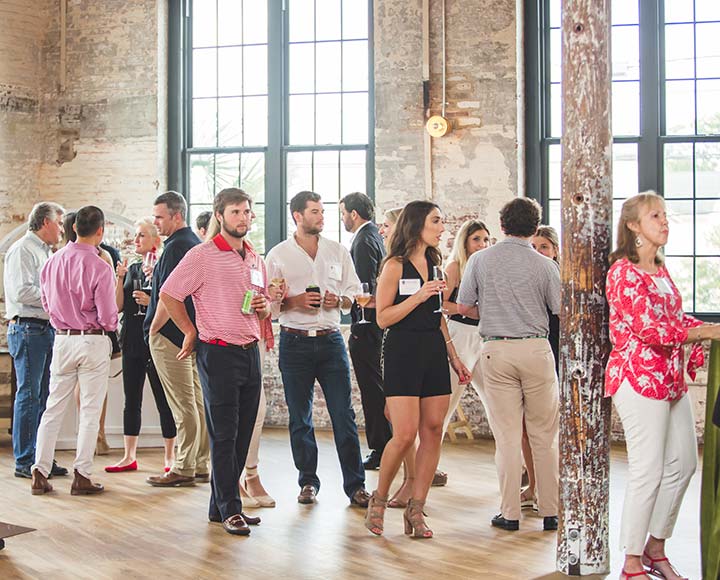
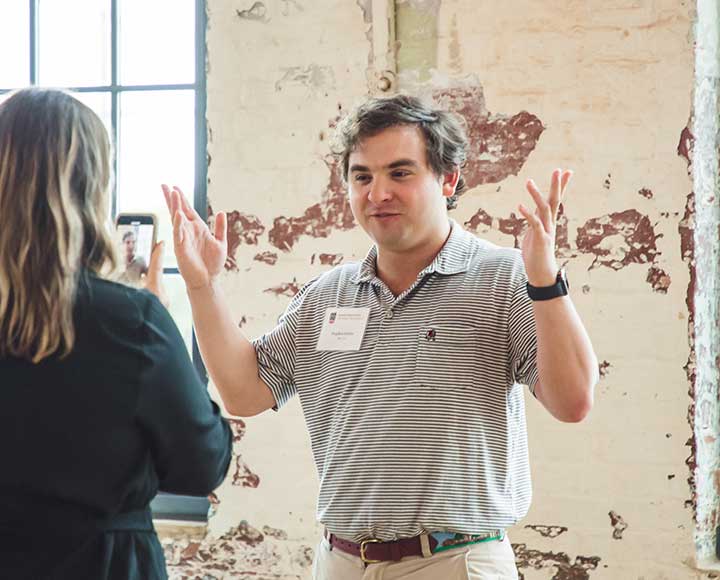
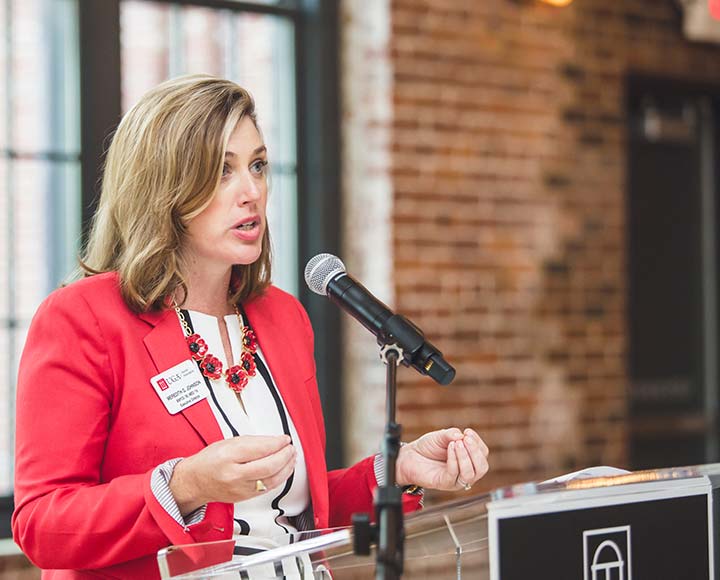
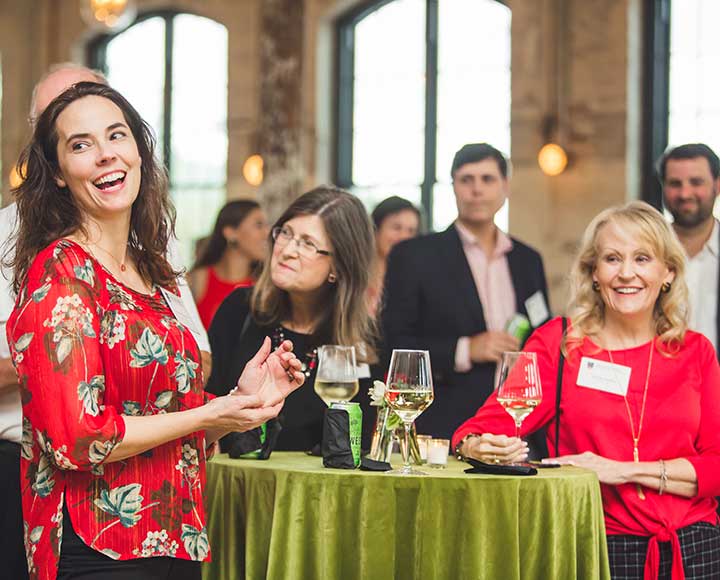
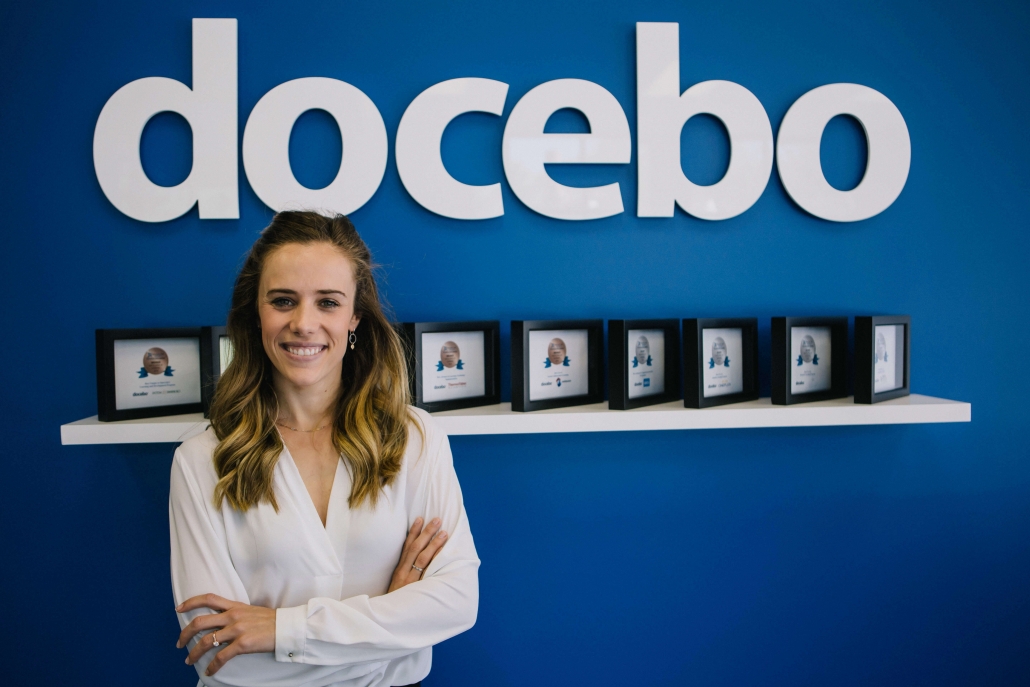


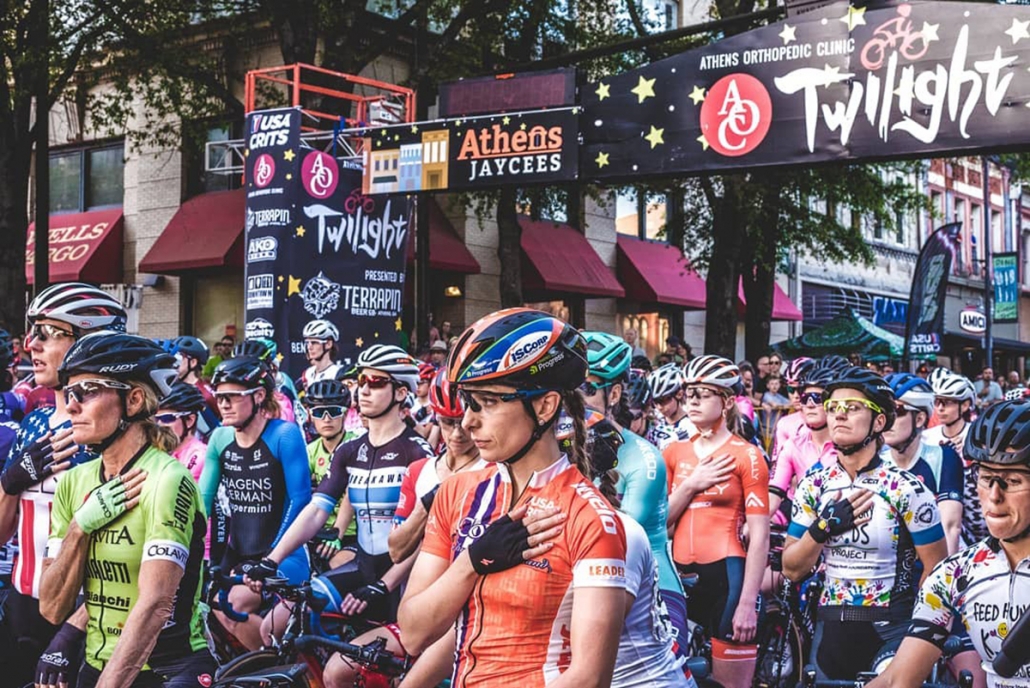
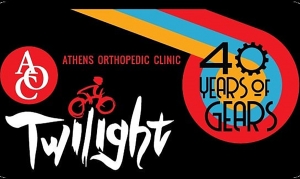

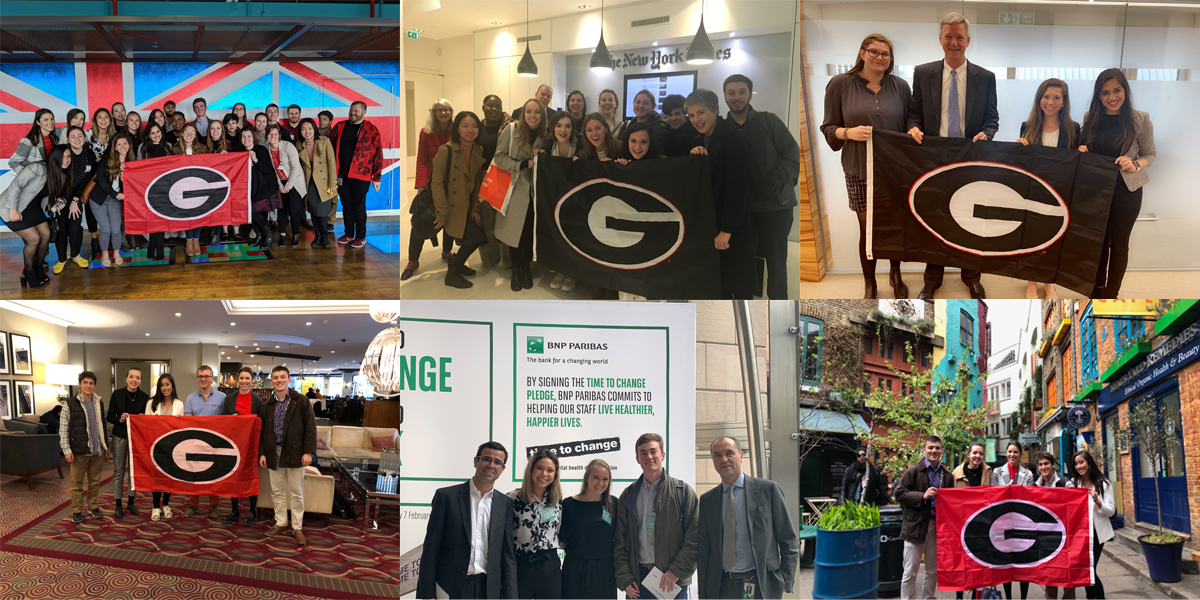
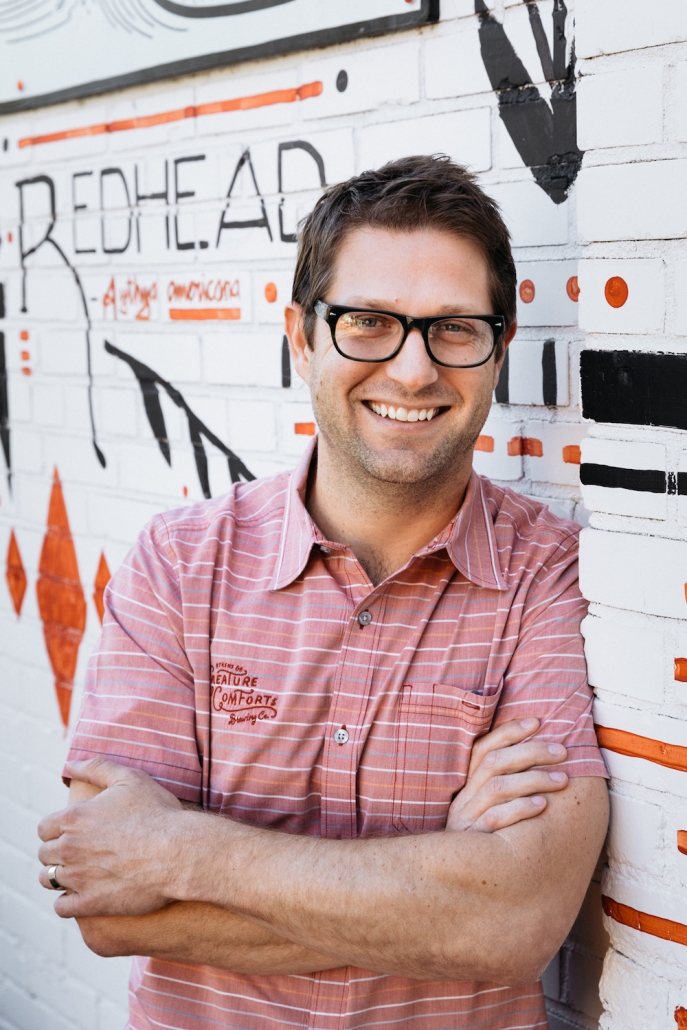 Matt Stevens (AB’03, MPA’14) is the Director of Community and Culture at
Matt Stevens (AB’03, MPA’14) is the Director of Community and Culture at 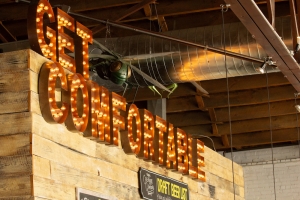 The program itself stems from our belief that companies have a role to play in the solutions of tomorrow. We cannot simply outsource social services work to the government or nonprofit agencies. Though both sectors absolutely have a role to play, the private sector has a responsibility as well. John Mackey, who founded Whole Foods, wrote a fantastic book a few years back titled Conscious Capitalism, wherein he makes the argument that companies can be capitalistic but also conscientious in the way they go about it. The Get Comfortable campaign, then, is our expression of this belief, our flagship program to participate in the civic wellbeing of our community.
The program itself stems from our belief that companies have a role to play in the solutions of tomorrow. We cannot simply outsource social services work to the government or nonprofit agencies. Though both sectors absolutely have a role to play, the private sector has a responsibility as well. John Mackey, who founded Whole Foods, wrote a fantastic book a few years back titled Conscious Capitalism, wherein he makes the argument that companies can be capitalistic but also conscientious in the way they go about it. The Get Comfortable campaign, then, is our expression of this belief, our flagship program to participate in the civic wellbeing of our community.









